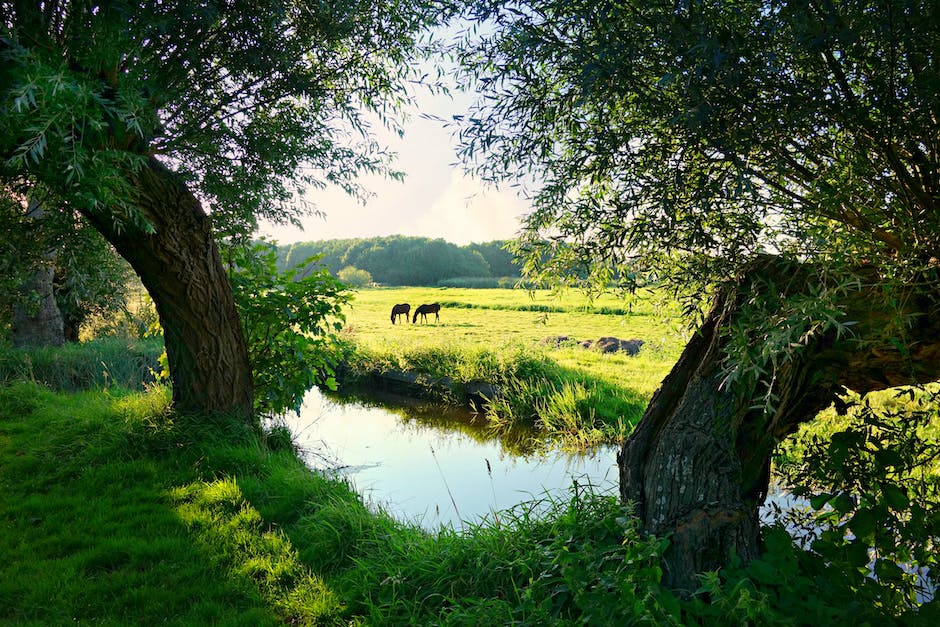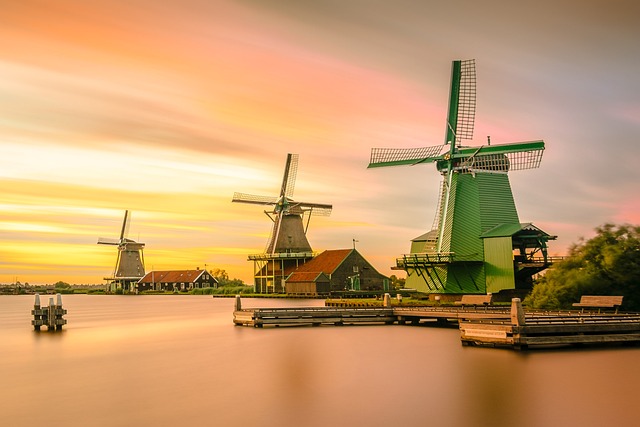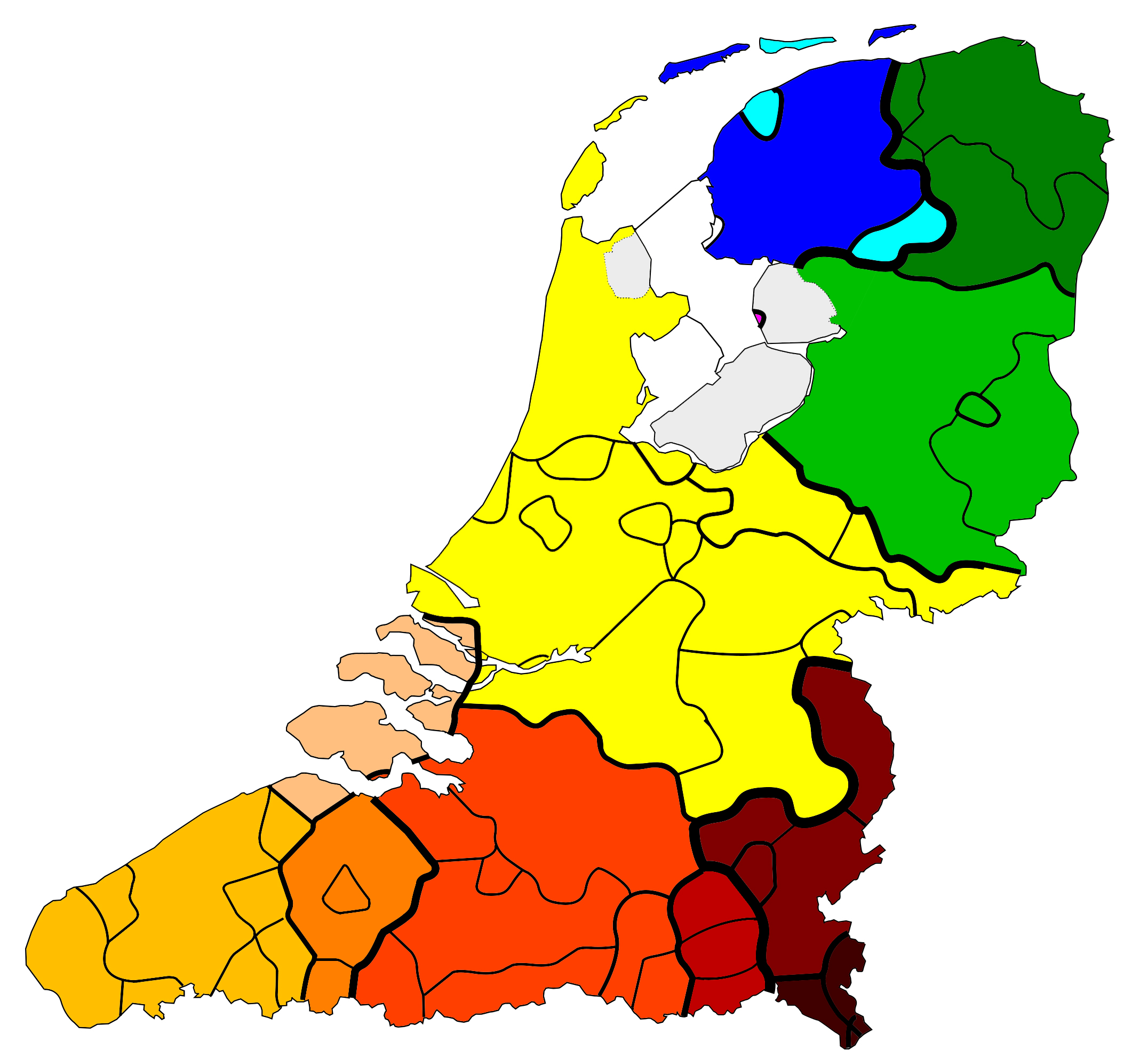Unraveling the tapestry of history, we embark on a riveting expedition to unravel the Dutch legacy scattered across the landscapes of Southeast Asia and the Americas. With remnants buried beneath centuries of time, we dive headfirst into unearthing the colonial past that echoes through the arched doorways and winding canals. From the bustling ports of Batavia to the exotic plantations of Suriname, this article delves into the rich cultural heritage left behind by the Dutch empire, inviting you to explore the fascinating intersection of East and West. Prepare to embark on a journey steeped in intrigue, as the secrets of a bygone era slowly come to light, revealing a captivating story of conquest, trade, and the everlasting imprints of empire. Welcome to a world where the past breathes new life and tales of forgotten empires beckon us to explore their untold chapters.
The Dutch East India Company: A Powerful Colonial Force in Southeast Asia
The Dutch East India Company (VOC) was undoubtedly a dominant and commanding presence in Southeast Asia during the 17th and 18th centuries. With its vast fleet of ships, extensive network of trade routes, and formidable military force, the VOC played a crucial role in shaping the colonial landscape of the region.
First and foremost, the VOC was driven by profit, establishing a monopoly on trade in the East Indies and ruthlessly exploiting the resources and people of the region. Through its robust trade network, the VOC transported a wide range of valuable commodities such as spices, textiles, and precious metals back to Europe, amassing immense wealth in the process.
- Utilizing its military might, the VOC conquered key territories and established fortified trading posts throughout Southeast Asia. These strategically located posts served as hubs for trade, administration, and defense, enabling the company to control the flow of goods and maintain a firm grip on commerce.
- The VOC implemented strict policies to monopolize the spice trade, enforcing regulations on the cultivation, processing, and distribution of spices. This allowed them to manipulate prices, eliminate competitors, and dictate the market.
- Moreover, the VOC had its own army and navy, capable of engaging in both offensive and defensive operations. This military power safeguarded the company’s interests, defended its trade routes from pirates and rivals, and ensured a continuous influx of wealth.
In summary, the Dutch East India Company’s dominance in Southeast Asia stemmed from its economic prowess, strategic territorial acquisitions, and military superiority. Recognized as the world’s first multinational corporation, the VOC’s impact on the region was profound and far-reaching, leaving an indelible mark on the history and development of Southeast Asia.

Unveiling Dutch Influences: Architecture and Cultural Heritage in Former Dutch Colonies
Embark on a remarkable journey through time as we explore the captivating architectural wonders and rich cultural heritage left behind by the Dutch in their former colonies. From Indonesia to Suriname, South Africa to the Caribbean, the echoes of Dutch influences can still be admired in the vibrant tapestry of these diverse regions.
Prepare to be awe-inspired by the fusion of Dutch design aesthetics blended with local traditions, resulting in a unique architectural style that reflects the interplay of cultures. Discover the iconic Dutch gables adorning the facades of colonial buildings, their intricate details telling stories of the past. Marvel at the grandeur of historic mansions and stately government buildings, each bearing the mark of Dutch colonial power. Immerse yourself in the charm of picturesque canal networks reminiscent of Amsterdam, gracefully winding through lush landscapes.

The Dutch Presence in the Americas: Tracing Historical Footprints and Cultural Influences
The Dutch Presence in the Americas:
Tracing Historical Footprints and Cultural Influences
Embark on a fascinating journey through time as we uncover the Dutch presence in the Americas, a captivating tale of exploration, trade, and cultural exchange. From the early 17th century onwards, the Dutch set their sights on expanding their influence beyond Europe, carving out a significant footprint in the Americas that left lasting impacts in various realms.
As adventurers and traders, the Dutch charted new territories in the New World, establishing settlements and forging lucrative trade routes. Iconic cities such as New Amsterdam (present-day New York City) served as Dutch strongholds, acting as strategic hubs for economic endeavors that connected Europe, Africa, and the Americas. Moreover, their immersive engagement with indigenous cultures fostered a unique blend of Dutch and Native American traditions, which can still be observed in certain customs, artwork, and architectural styles found in these regions today.
Join us on this comprehensive exploration of the Dutch presence in the Americas, as we unravel the historical footprints left behind and delve into the rich tapestry of cultural influences that endure to this day.

Suggested Itineraries: Rediscovering Dutch Legacy through Must-Visit Sites in Southeast Asia and the Americas
Fascinated by the rich history of Dutch colonialism? Embark on a journey to rediscover the Dutch legacy scattered across breathtaking sites in Southeast Asia and the Americas. From the grandeur of colonial architecture to the remnants of a bygone era, these destinations offer a unique opportunity to immerse yourself in the fascinating tales of Dutch influence.
Start your adventure in Southeast Asia by visiting the charming UNESCO World Heritage Site of Malacca, Malaysia. Steeped in Dutch history, you’ll encounter iconic landmarks like the Stadthuys, a distinctive red building that served as the administrative center during Dutch rule. Wander through the narrow streets of the historic city, where you’ll find quaint Dutch-inspired architecture and museums that unravel the stories of Malacca’s colonial past.
- Stadthuys – Immerse yourself in the Dutch architectural splendor of this iconic landmark.
- The Christ Church – Admire the beauty of the oldest Protestant church in Malaysia, built during Dutch occupation.
- Malacca Heritage Trail – Follow the trail that brings you past various locations of historical significance, including Dutch Square.
- Jonker Street – Lose yourself in the vibrant atmosphere of this bustling street, lined with shops and stalls selling antiques and local delights.
Continuing your Dutch exploration, venture across the Atlantic to the Americas, where you’ll find remnants of Dutch influence in the unlikeliest of places. Experience the charming city of Willemstad in Curaçao, known for its vibrant colors and unique blend of European and Caribbean culture. Take a leisurely stroll through the historic district of Punda, adorned with iconic Dutch-style buildings painted in an array of pastel hues.
- Rif Fort – Discover a 19th-century fortification turned shopping center, showcasing a fusion of Dutch and Caribbean architectural styles.
- Mikvé Israel-Emanuel Synagogue – Delve into the Jewish history of Curaçao with a visit to the oldest synagogue in the Americas, dating back to 1732.
- Handelskade – Marvel at the picturesque waterfront lined with colorful buildings, capturing the essence of Dutch colonial architecture.
- Museum Kura Hulanda – Explore a captivating museum that traces the history of the transatlantic slave trade and the African diaspora in the Americas.
In Retrospect
As we delve into the rich tapestry of history, we are often confronted with the echoes of a bygone era, where nations ventured forth to leave their indelible mark on foreign lands. In this exploration of colonial past, we have peeled back the layers of time, shedding light on the enigmatic legacy of the Dutch in Southeast Asia and the Americas.
Through the passage of centuries, the Dutch Empire transcended geographical boundaries, casting its gaze across the vast expanse of the world. From the bustling streets of Batavia (modern-day Jakarta) to the thriving trade routes of Suriname, the Dutch imprint remains embedded in the very fabric of these far-flung regions.
Venturing into Southeast Asia, where the lush landscapes stir the imagination, we are beckoned by the remnants of Dutch rule. With meticulous planning and unwavering determination, the Dutch East India Company established itself as an uncontested force, weaving a colonial tapestry that would endure for generations. Their tireless pursuit of riches, fueled by the spice trade, irrevocably altered the destinies of lands unimaginably distant from their homeland.
The towering forts and bastions that still stand today, such as Kota Tua in Jakarta, evoke a sense of awe and reverence for a time when the Dutch influence reverberated through the labyrinth of canals and the hearts of the local populace. Yet, as we appreciate the architectural marvels they left behind, we must also acknowledge the hardships indigenous communities endured under their rule.
Crossing oceans, we find ourselves in the verdant lands of the Americas, where the Dutch planted their roots. Suriname, once an outpost of the Netherlands, reveals a fascinating tapestry of cultures, shaped by nearly four centuries of Dutch presence. The legacy of sugar plantations and transatlantic slavery looms large, underscoring the complex interplay of power dynamics that unfolded during this colonial era.
In retracing this colonial past, we are reminded of the need for a balanced understanding of history. We must navigate the delicate path between analysis and reflection, acknowledging both the contributions and the grievances that are intertwined within these narratives. Shall we be guided by the lessons of the past, not only towards a greater comprehension of the present, but also towards a future marked by empathy and understanding?
As the shadows of colonial empires fade into history, their legacy remains etched upon the landscapes and cultures of the world. It is our duty to uncover, acknowledge, and learn from the complexities of these legacies, ensuring that the lessons of the past guide us towards a more equitable and enlightened future.

